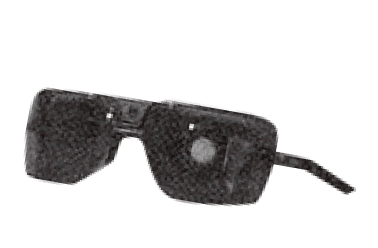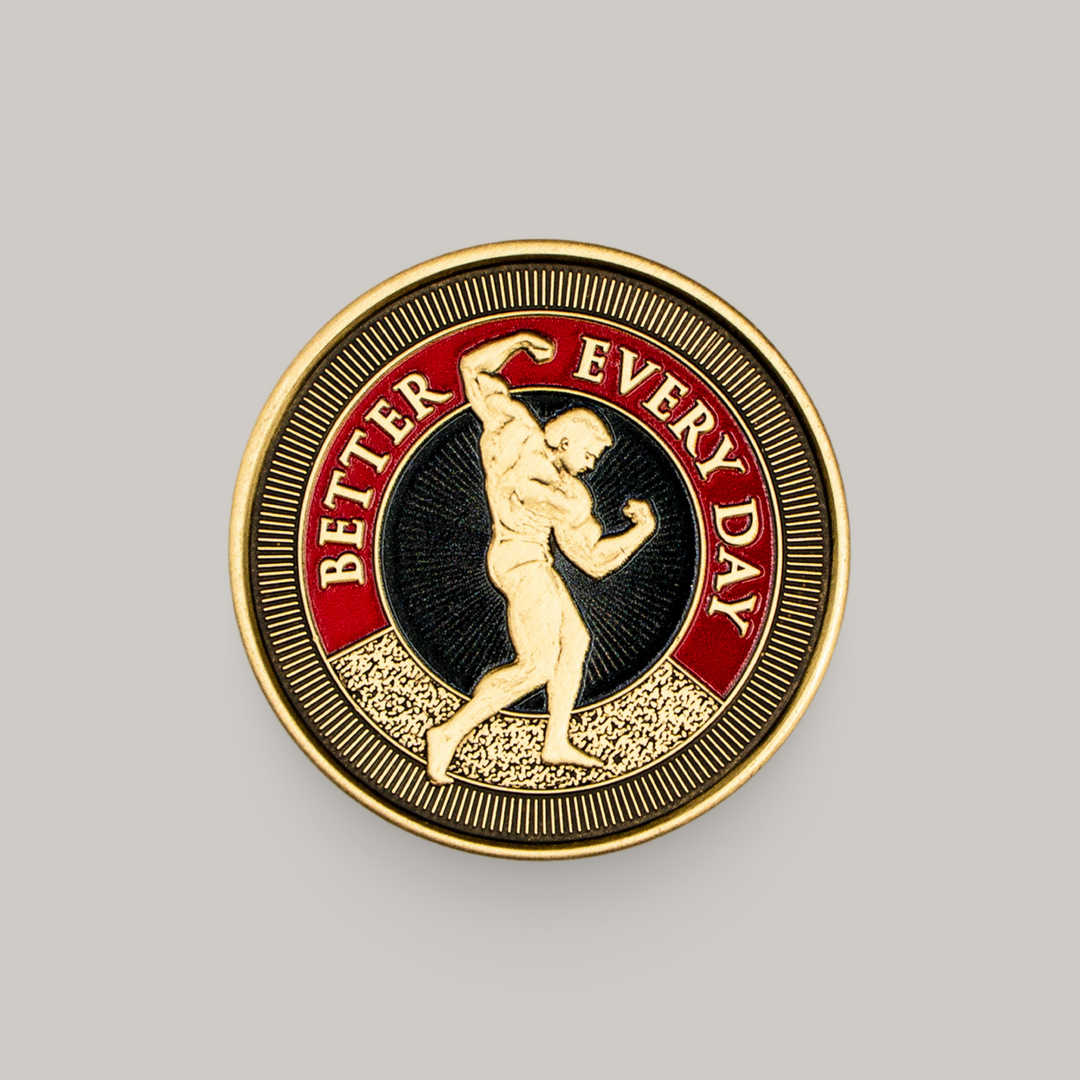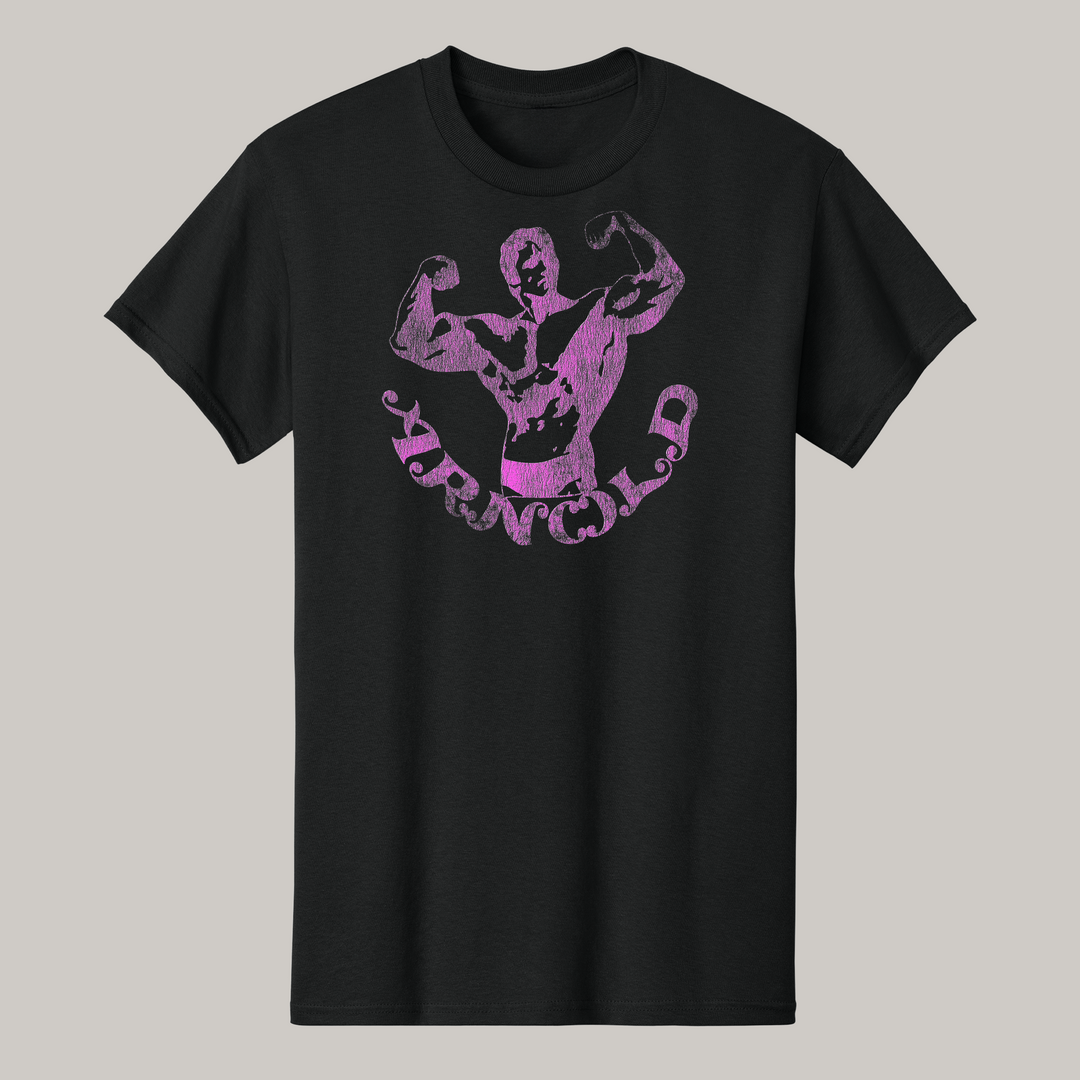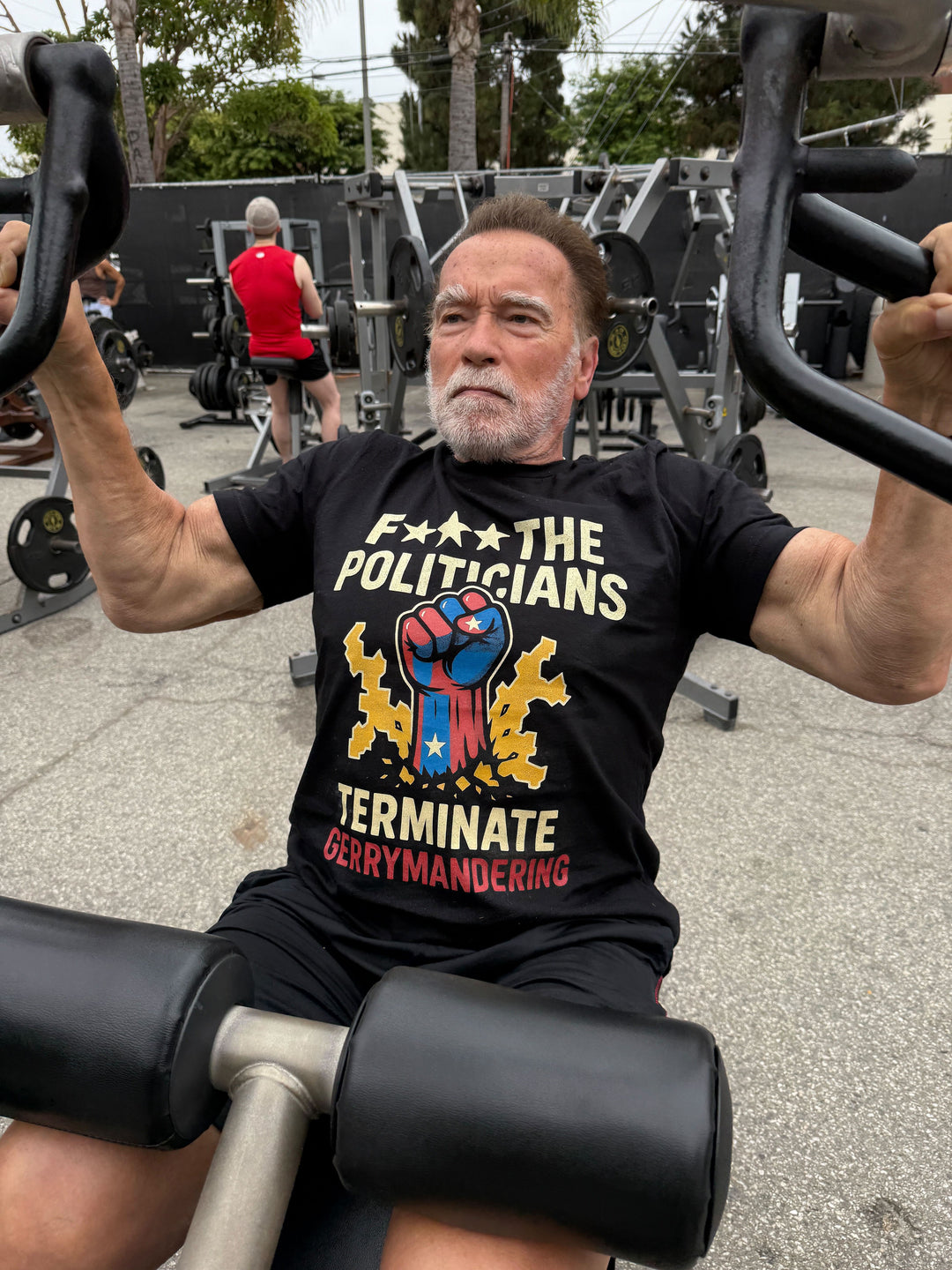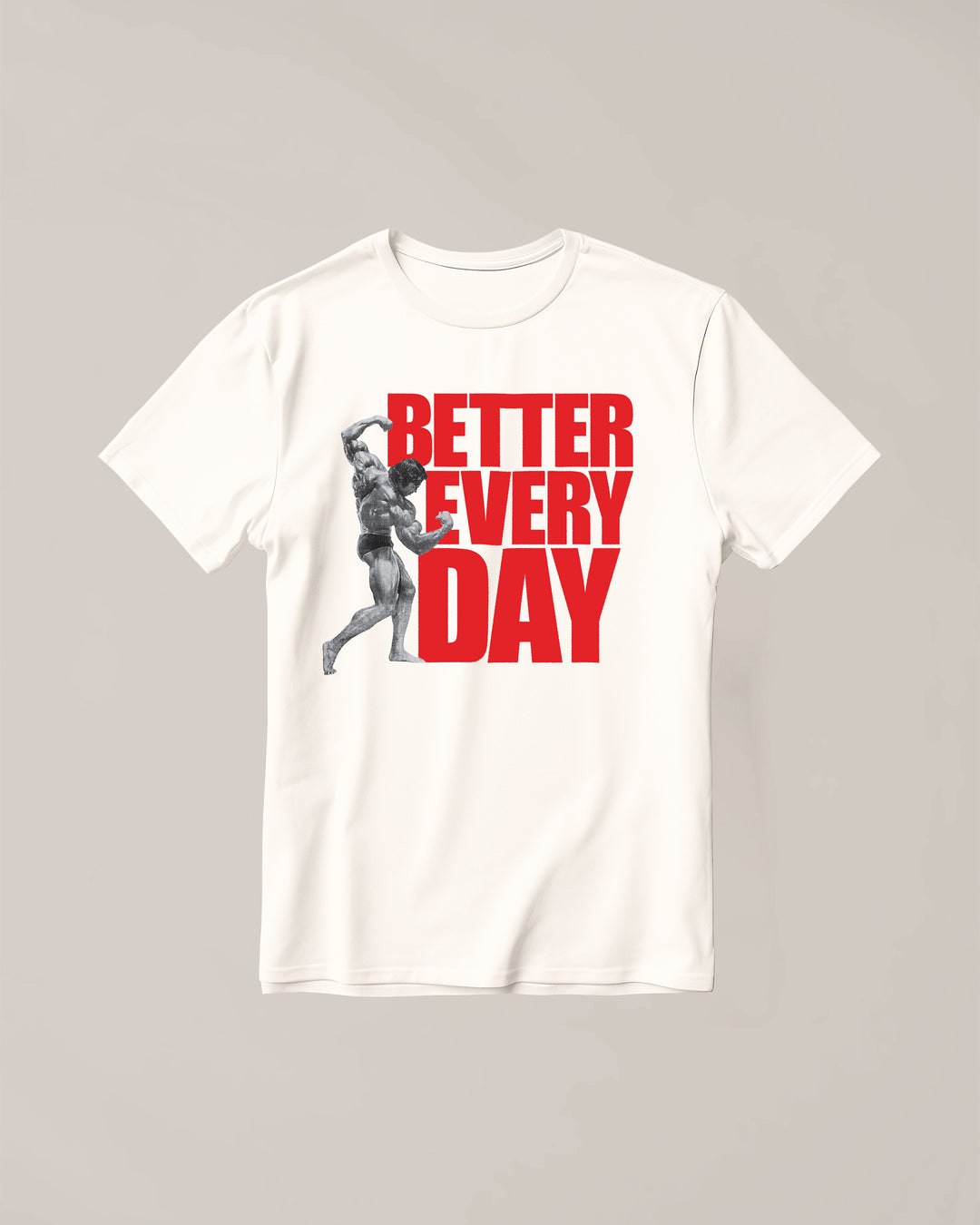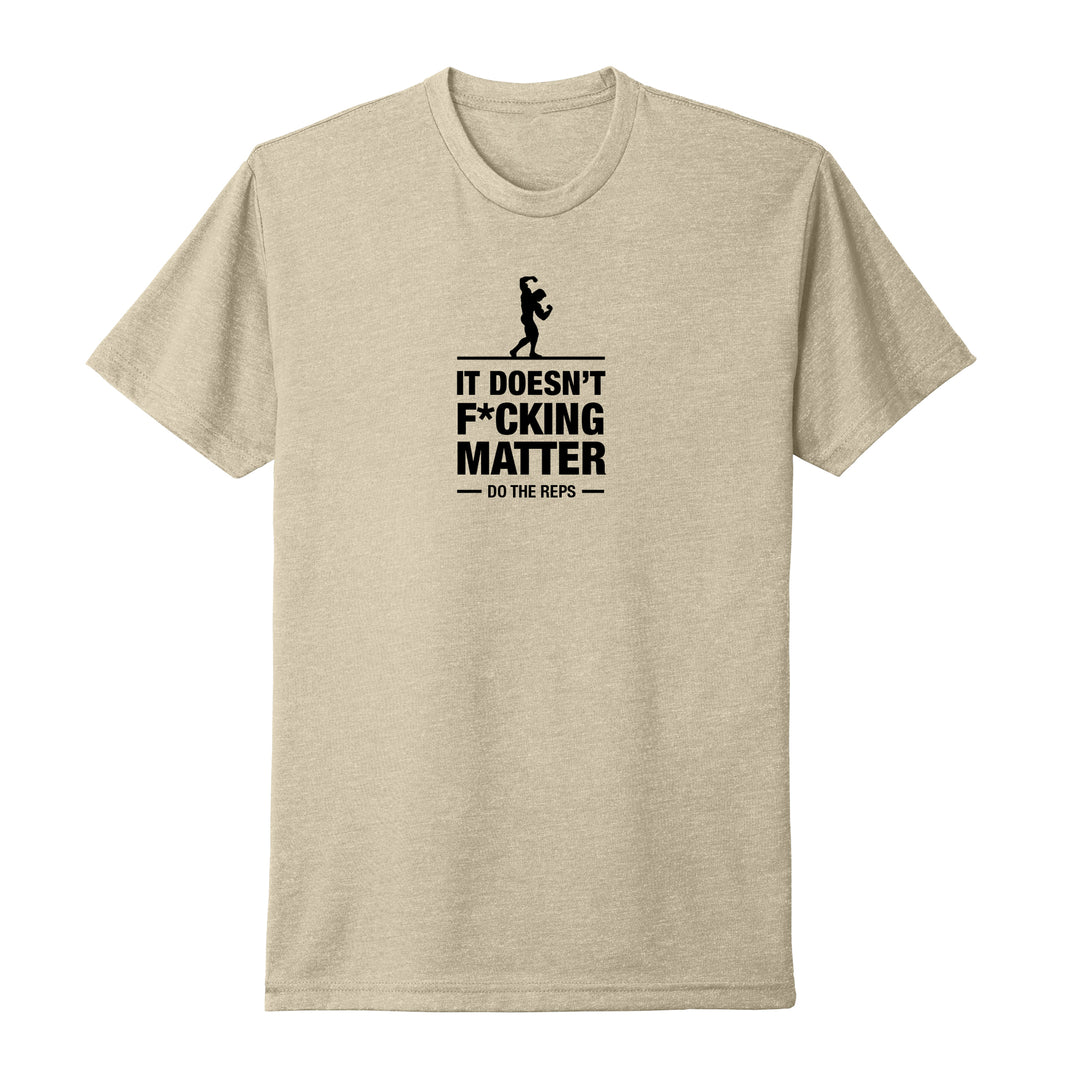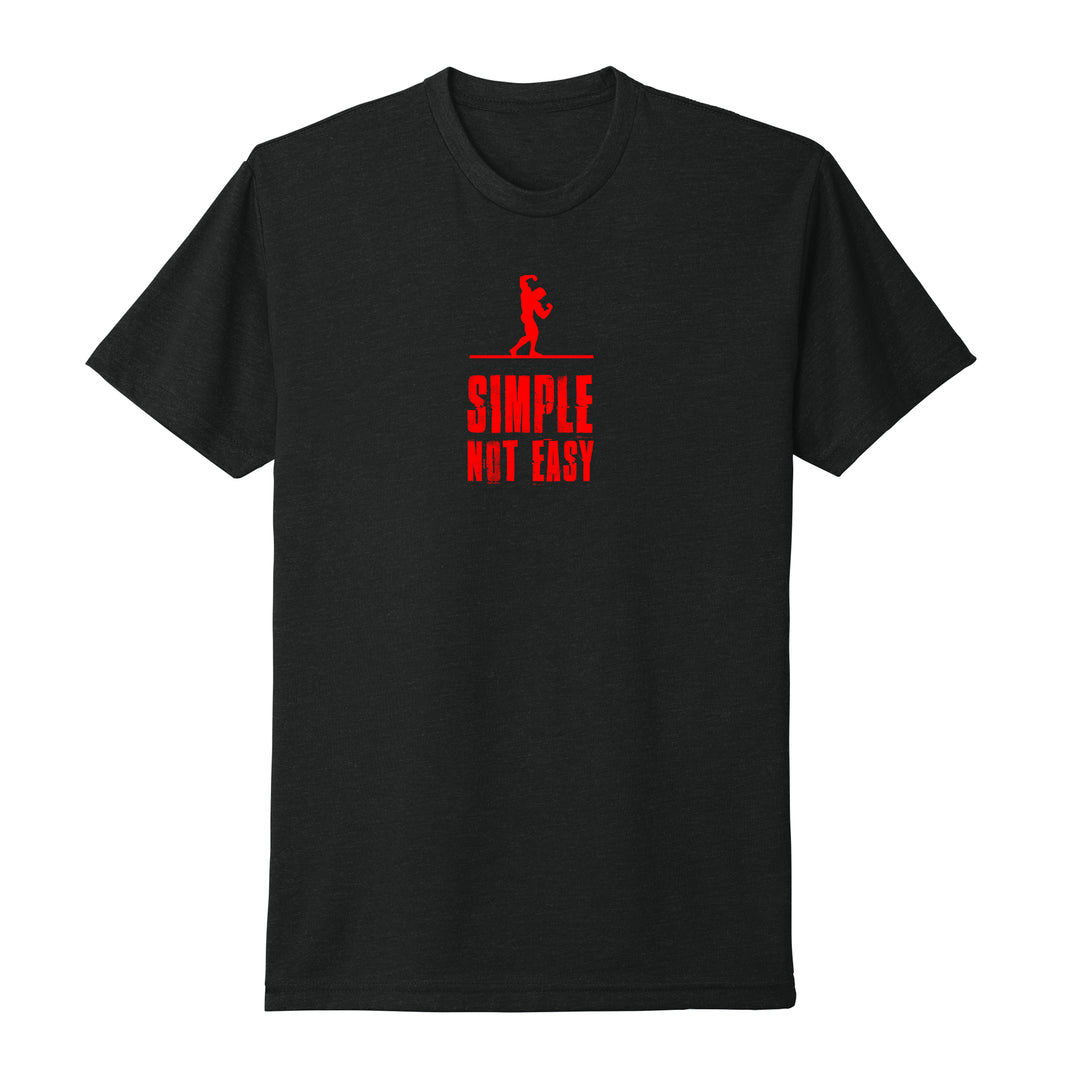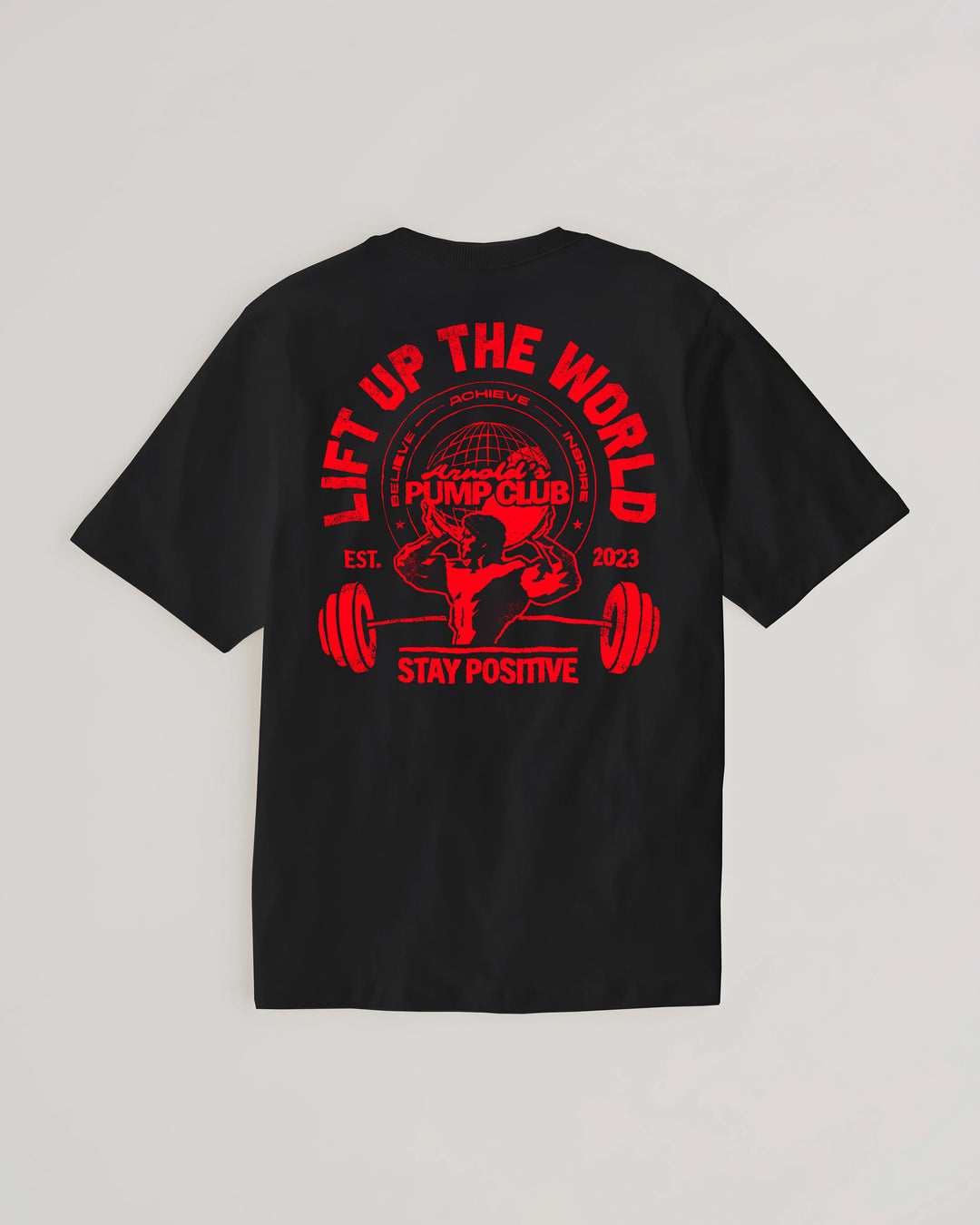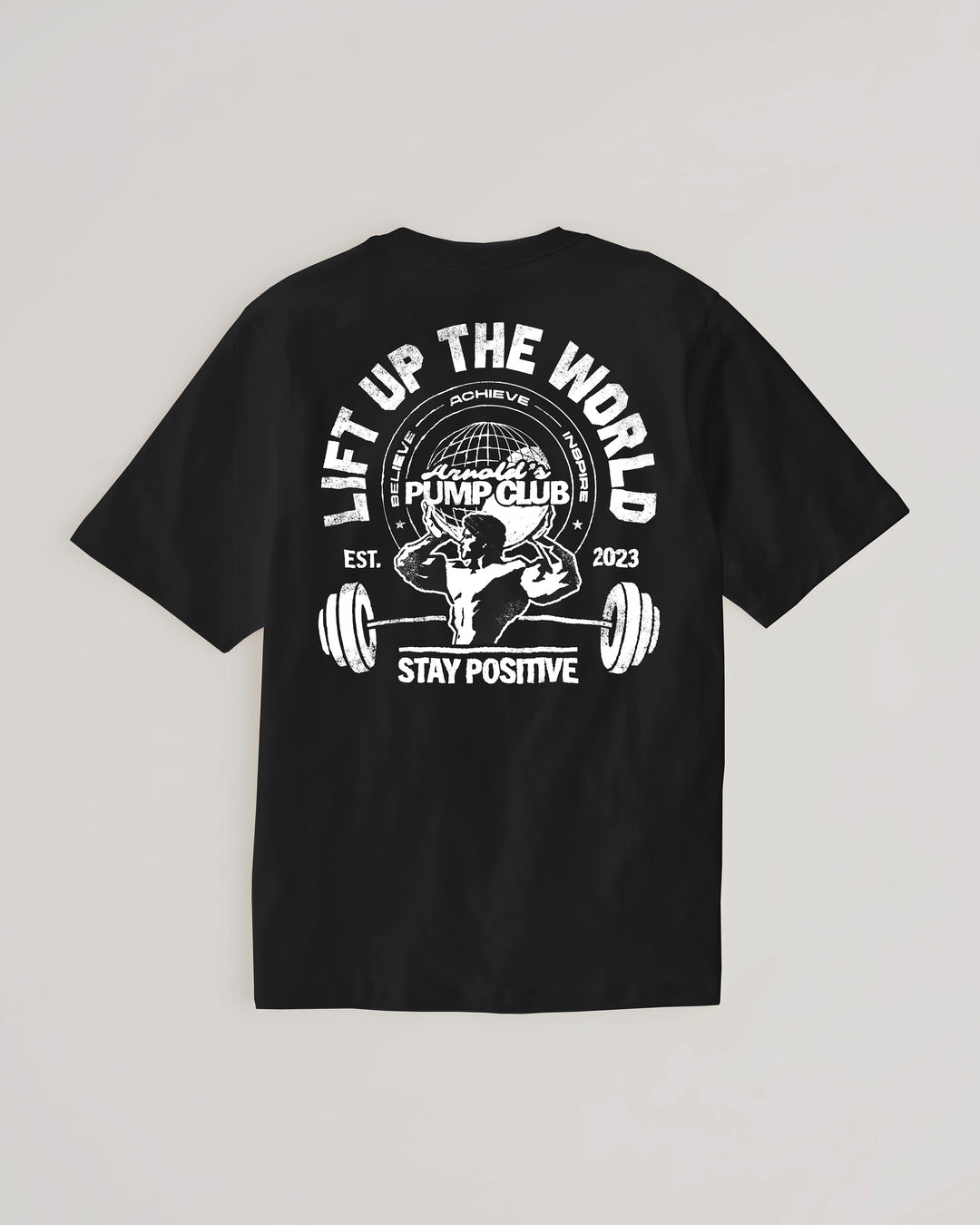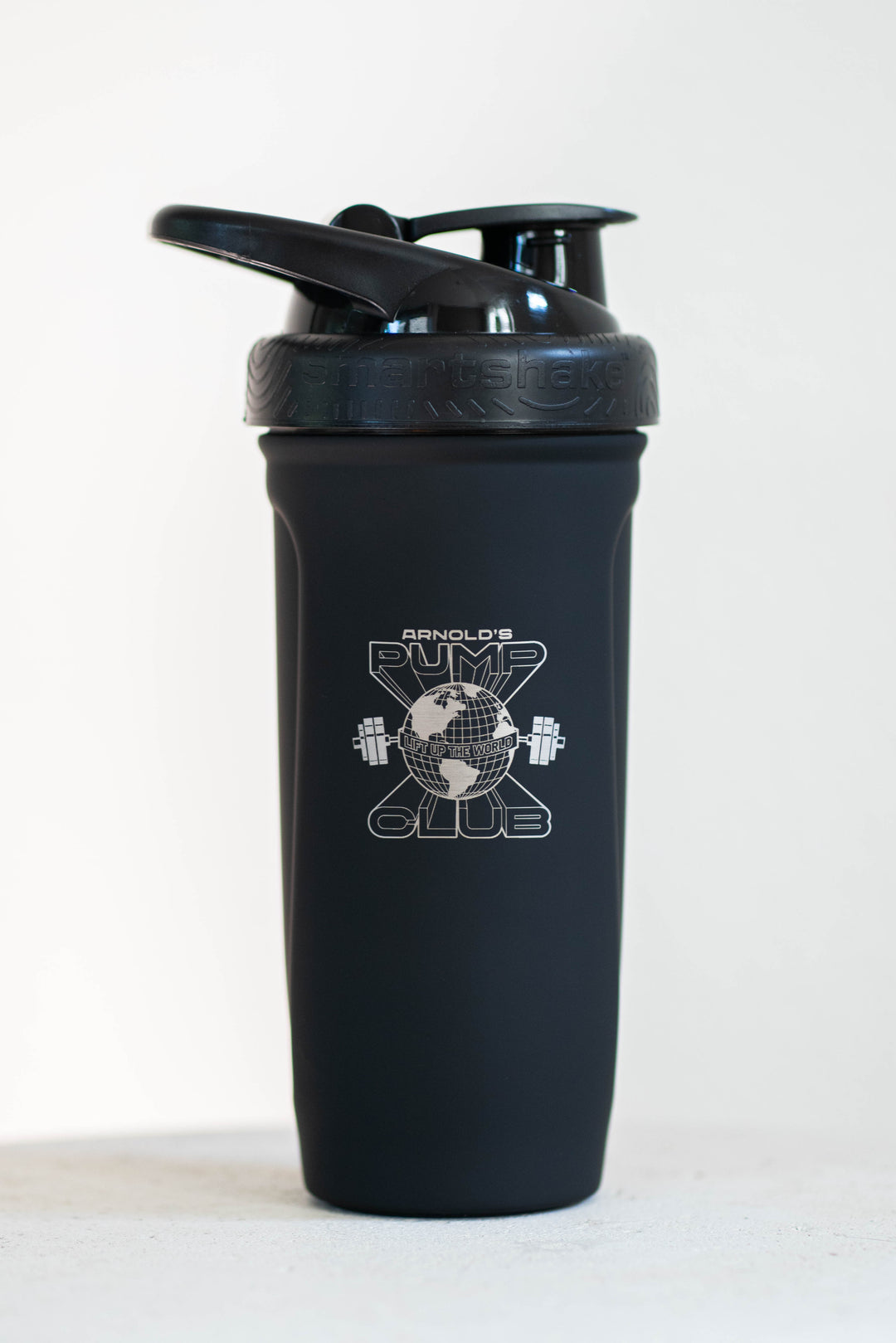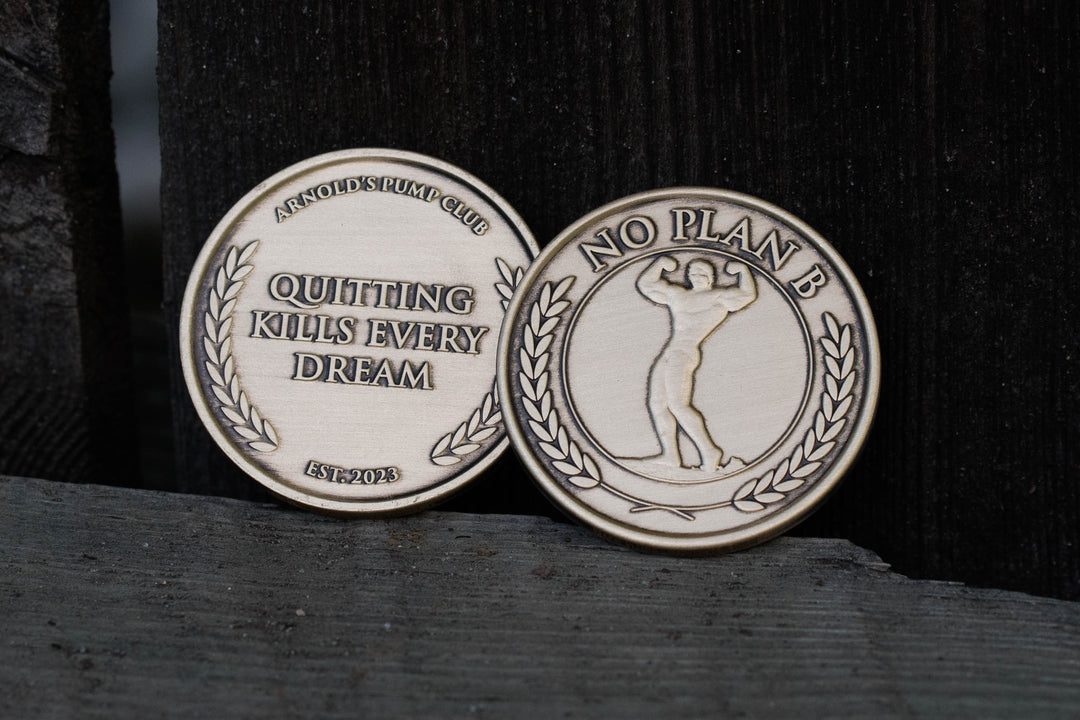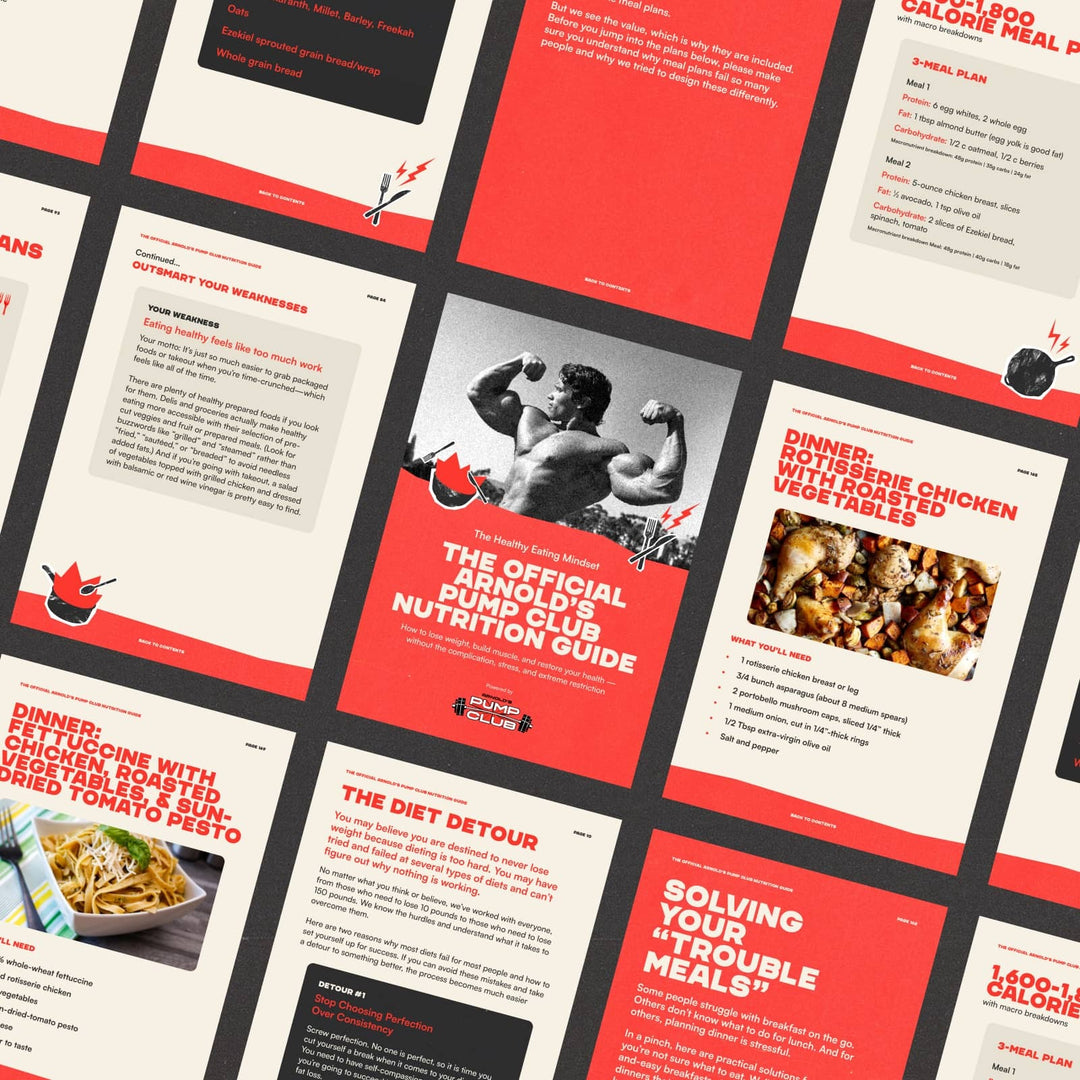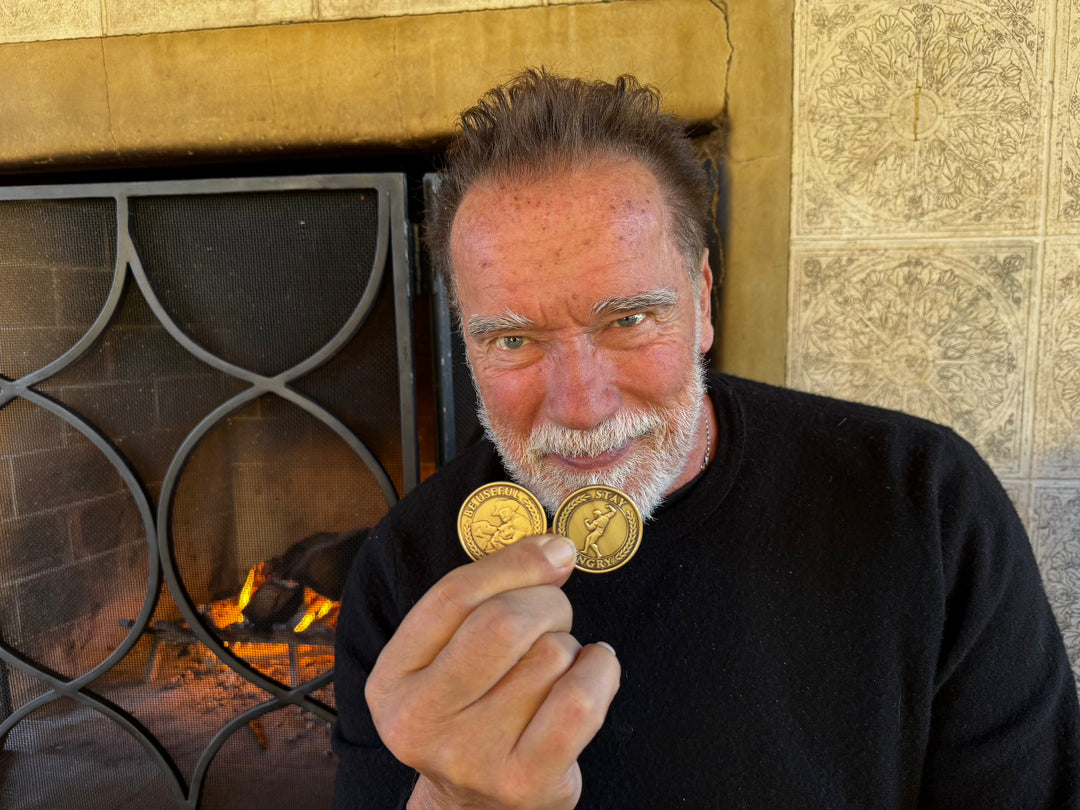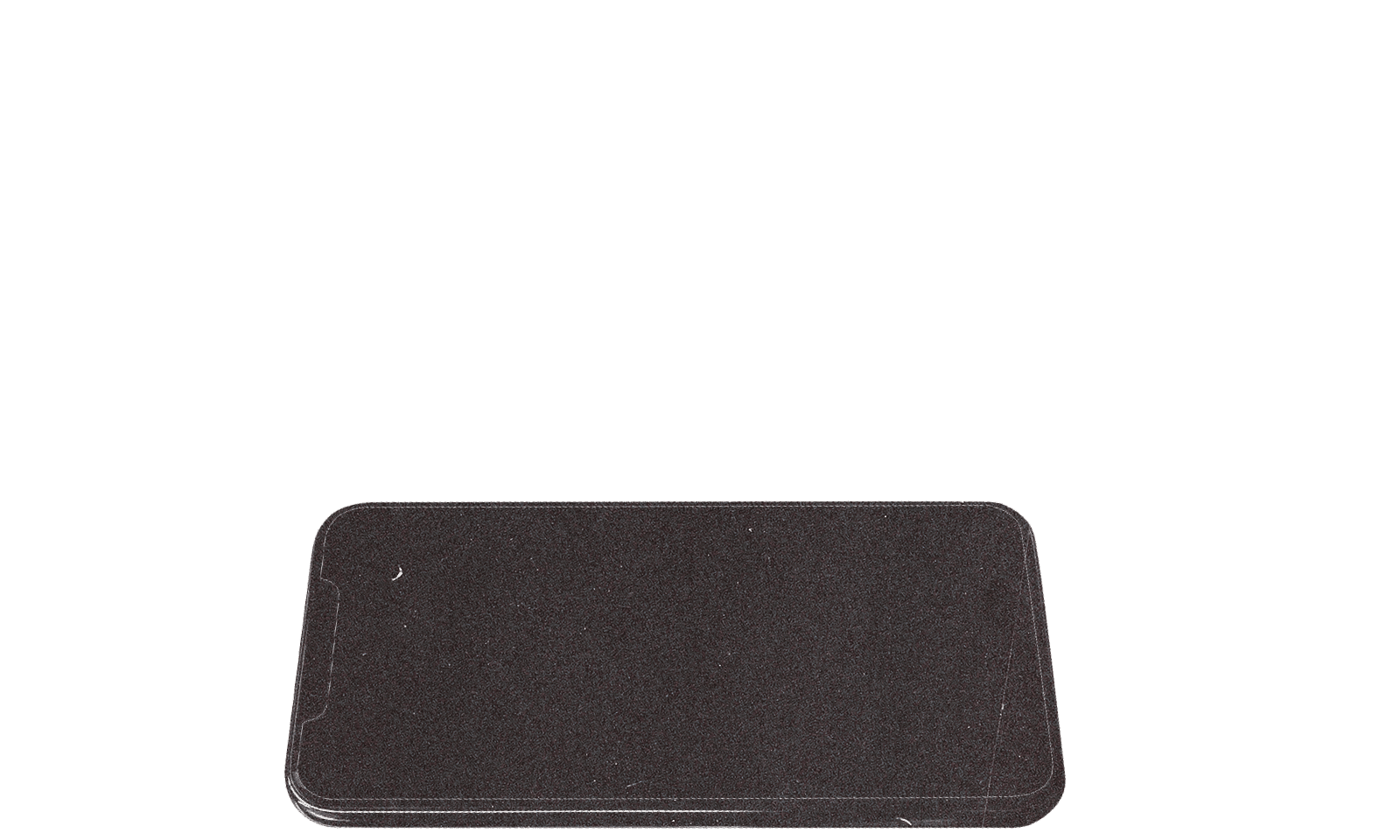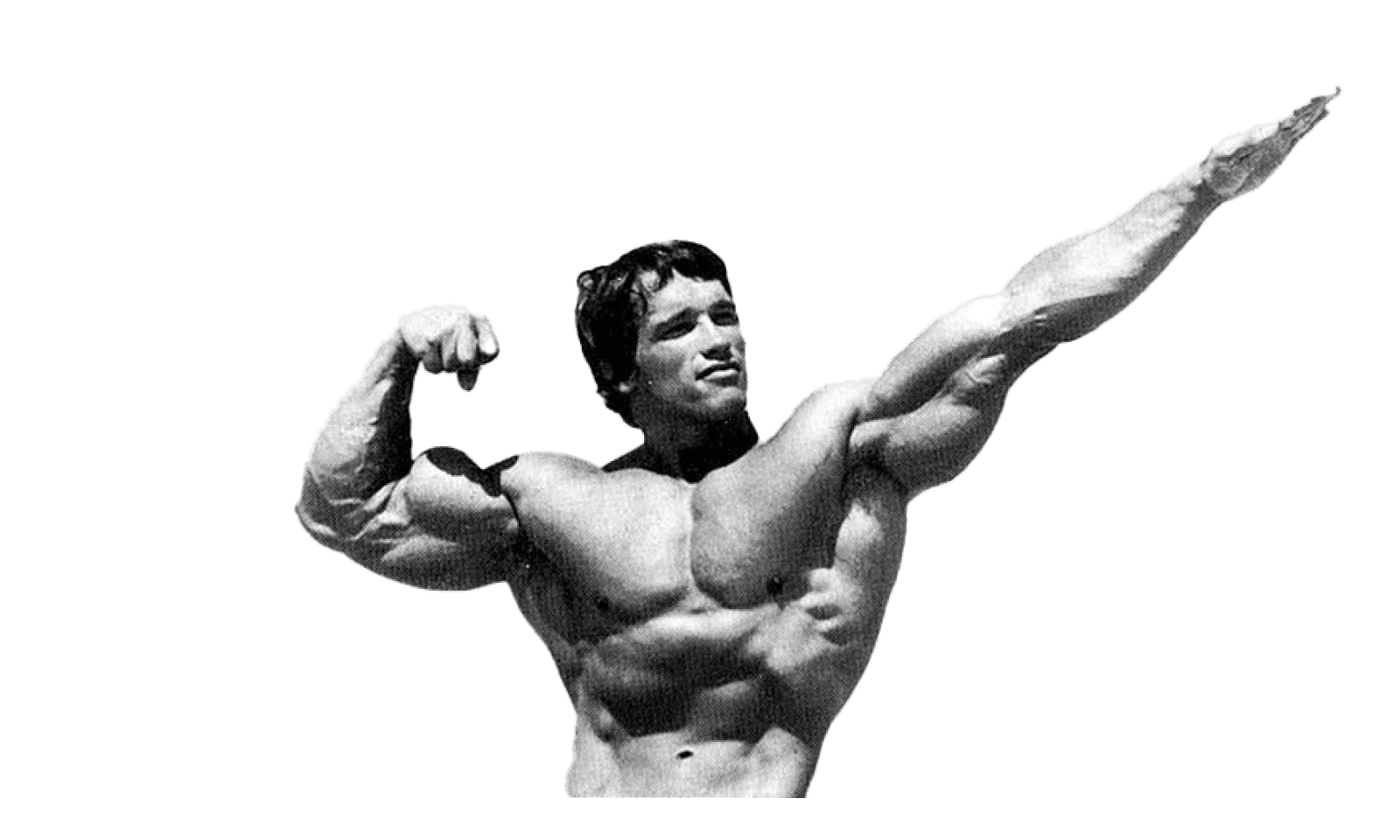Welcome to the positive corner of the internet. Every weekday, we help you make sense of the complex world of wellness by analyzing the headlines, simplifying the latest research, and providing quick tips designed to help you stay healthier in under 5 minutes. If you were forwarded this message, you can get the free daily email here.
Today’s Health Upgrade
Fact or fiction: Does weight training make women bulky?
The snacking paradox
Can you exercise your way to better sleep?
Sometimes the Hardest Thing to See Is What’s Right in Front of You
Fact Or Fiction
Does Strength Training Make Women Bulky?
Many women avoid strength training because they're worried about “getting too big.”
But the science is clear: lifting heavy weights doesn’t make women bulky; it makes them stronger, leaner, and healthier.
In a comprehensive analysis of 24 studies, researchers found that women who participated in structured resistance training programs achieved dramatic strength gains in both upper- and lower-body exercises. While strength increased substantially, changes in muscle size were modest.
And science helps explain why. Women have about 10-15 times less testosterone than men, and their muscles respond to training through different biological pathways.
A 2024 study found that women's muscle cells don't rely on the same hormone-driven growth signals that cause men to bulk up quickly. Instead, women's bodies become incredibly efficient, building strength and improving performance without packing on large amounts of visible muscle mass.
In fact, one study showed women gained 27% more strength in just 12 weeks while muscle size increased only 6%. That's the efficiency we're talking about: maximum performance gains with lean, athletic results.
If you're a woman worried about lifting heavy, remember this: building large muscles requires specific nutritional strategies (eating significantly more calories and protein) combined with targeted training designed to make you bigger.
Even with optimal nutrition and aggressive training, women would need to work extremely hard—eating substantially more calories and training at maximum intensity for years—to build what they'd consider 'bulky' muscle. The typical woman following a well-designed strength program and a healthy diet will build a healthy, lean body with impressive strength.
Together With David
The Snacking Paradox
Snacking feels harmless — even healthy — until you realize it’s quietly adding hundreds of invisible calories every day. Most people eat more often than ever before, and research shows that both how often you snack and how much you eat matter more than you think.
When you snack more and serve yourself larger portions, your body doesn’t automatically eat less later, so the extra calories keep stacking up.
In a large meta-analysis, researchers found that eating more frequent, small meals (about six small snacks) added about 200 extra calories compared to eating three meals. And when the snacks were bigger, it made things worse, adding an average of 300 calories per day.
That may not sound like much, but over a month, that’s the equivalent of 2 to 3 pounds of potential weight gain, without you even noticing.
But not all snacks behave the same way. In a separate study, those who ate a protein bar first thing in the morning didn’t overeat later in the day. Their bodies naturally adjusted, keeping total calorie intake the same.
It turns out that when snacks are portion-controlled, protein-rich, and eaten with intention, your body’s hunger signals work properly.
So what makes the difference? Bars have some potential built-in advantages: a clear endpoint (when the bar is finished, so are you), they’re higher in protein, and you know exactly how much you’re eating. That combination helps your body regulate appetite and avoid the slippery slope of grazing from a bottomless bag.
If you’re going to snack, make it work for you, not against you. Choose a bar with at least 20 grams of protein and, ideally, under 200 calories to satisfy hunger without derailing your day.
David checks those boxes with 28 grams of protein, 150 calories, and 0 grams of sugar. With 75 percent of its calories from protein, it’s 50% higher than the next closest protein bar. David provides a blend of diverse protein sources that creates a perfect 1.0 Protein Digestibility-Corrected Amino Acid Score (PDCAAS), making it ideal for muscle building and overall health.
David is the perfect on-the-go solution for anyone who struggles to eat enough protein and needs a convenient option that doesn’t waste calories.
David was sold out for months, but it’s now back in stock. You can check out all their bars here, including their newest flavors. And, as an APC reader, if you buy four boxes, you’ll get your fifth box for free when you use this link.
Because smart snacking isn’t about restriction; it’s about control that feels effortless.
Health
How Much Exercise Do You Need To Improve Your Sleep?
If you’ve ever tossed and turned through the night, staring at the ceiling and wondering why your brain refuses to power down, you’re not alone. Millions of adults struggle with insomnia, and even the gold-standard treatment (cognitive behavioral therapy for insomnia) doesn’t work for everyone. But new research suggests a surprisingly simple, drug-free solution:
Regular, moderately intense exercise just three times per week can significantly improve both how long you sleep and how rested you feel.
Researchers reviewed 19 randomized controlled trials to see whether exercise could help people with diagnosed insomnia. Across studies, those who worked out at least three times per week slept better, fell asleep faster, and reported far fewer nighttime awakenings than inactive control groups.
The effects were impressive: objective sleep measures improved, while people’s self-reported sleep quality improved by a large margin. That means people didn’t just sleep longer, they also felt more refreshed. And the benefits were strongest for older adults, women, and those who exercised at higher intensities.
Researchers believe exercise helps reset your body’s internal clock, reduces stress hormones like cortisol, and increases adenosine, the molecule that drives sleep pressure. It’s also possible that the mood-boosting and anxiety-lowering effects of regular training help quiet the mind at night, making it easier to drift off and stay asleep.
If you struggle with sleep, try this: aim for 30 to 45 minutes of moderate-to-vigorous activity — like brisk walking, cycling, or strength training — at least three times per week. And don’t worry if you’re starting small; even lighter workouts can make a difference over time.
You don’t need a prescription to sleep better, but you do need a commitment to move more.
Adam’s Corner
Sometimes the Hardest Thing to See Is What’s Right in Front of You
Two weeks ago, I shared the letter I gave my daughter on her first birthday.
When I wrote the letter, I thought I was leaving her something to hold onto as she grows older. But, as I explained, I realized I was also leaving myself a clue. Because often, the notes we write for others — the advice, the hopes, the lessons — are really maps back to ourselves.
I didn’t realize it at the time, but the letter made me think more about how life’s biggest answers aren’t hidden.
Are We Lacking Answers, Or Are We Unwilling to Acknowledge The Truth?
If you’ve ever felt stuck in your health, your relationships, or your purpose, you probably know that feeling of confusion that comes with it. You start asking big questions:
Why can’t I get consistent?
Why do I keep doing this?
Why can’t I just figure it out?
But here’s the uncomfortable reality: most of the time, we already know the answer. But we fight the discomfort of the deeper truths that guide our behaviors.
We know the late-night snacking isn’t about hunger; it’s about comfort.
We know the exhaustion isn’t just from the work; it’s from the expectations, the pressure, the anxiety, and constant self-judgment.
We know the arguments we keep having aren’t usually about who’s right; they’re about being heard.
It’s not awareness we lack. It’s the willingness to stop, sit still, and face what’s already in front of us.
We chase solutions as if motion itself guarantees progress.
We jump from plan to plan, strategy to strategy, hoping the next one will be the breakthrough. But sometimes, the harder you chase, the more you lose sight of what’s been trying to get your attention all along.
Years ago, my relationship with my wife felt like it was becoming too turbulent. Not a dramatic, movie-worthy rollercoaster, but a quiet, everyday kind of wall. The kind where frustration builds from a thousand small misunderstandings, each one stacking on the next until you feel friction that wasn’t there before and doesn’t feel like it’s necessary. And yet, it just sits like a weight that can’t be moved.
I’d get defensive in arguments. I’d talk too fast. I’d try to explain instead of understand. At some point, I realized I needed a different approach, so I shut up and started to listen more and make sure she felt heard.
Don’t get me wrong: this isn’t a call to be subservient or silently (and bitterly) compliant or to avoid confrontation. Everyone needs a voice in a relationship. And, at the same time, listening is a gateway to clarity that can improve communication when you’re not aligned.
Making this change was hard. Sometimes, it still is. But it was one of the best decisions I ever made because the answers I wanted were right in front of me all along.
Silence has a way of exposing things we’d rather cover with words. But that moment of stillness created space; space for her to speak, and space for me to actually hear.
What came next wasn’t instant peace or a perfect fix. It was clarity. As time went on, I could finally see how much of my frustration came not from her, but from my own unwillingness to listen.
That realization didn’t just change my marriage; it changed how I approached everything.
When I stopped trying to win arguments, I started building understanding. When I stopped assuming I knew, I started learning again.
And strangely enough, that lesson at home became the turning point in my business, too.
In entrepreneurship, it’s easy to believe success comes from being the smartest person in the room. I used to think confidence meant conviction. That to lead, I had to have an answer for everything.
Somewhere along the way, I realized that pretending to have all the answers is the fastest way to stop growing.
When I started actually listening to my team, my audience, my instincts, that’s when everything shifted.
I began to see patterns I’d missed. Feedback I’d once dismissed started to look like gold. I stopped reacting to every problem as if it were a personal test and started responding as if it were a shared puzzle.
The irony is that success didn’t come from chasing new ideas. It came from slowing down long enough to notice the right ones.
Listening, it turns out, isn’t passive. It’s active awareness. It’s choosing curiosity over certainty. It’s being humble enough to let the world teach you something you thought you already knew.
The Chase That Blinds Us
We live in a culture that worships the hustle. The grind. The next best thing.
It convinces us that effort equals progress, that stillness equals weakness, and that answers are always “out there,” whether in the next book, the next plan, the next person we follow.
Here’s a truth I took a while to understand: chasing can become its own form of avoidance.
When I wrote that letter to my daughter, I was genuinely capturing a moment before it slipped away. But rereading it, I realized I was also avoiding something.
The letter wasn’t just about what I wanted to pass on to her. It was a mirror reflecting what I still needed to practice myself: presence, curiosity, and patience.
We all do this. We give advice we can’t seem to take. We tell people to rest while ignoring our own exhaustion. We say “be kind to yourself” without ever applying it inward.
The clues to your next best step are rarely buried. They’re right there, woven into your contradictions.
If you’re feeling lost — if your diet feels impossible, or your motivation is gone, or your relationships feel stuck — it might be worth asking a different question.
Instead of asking, What’s wrong with me?
Try asking, What am I refusing to see?
That’s where most real change begins.
It’s not found in a new hack or a perfectly designed plan. It’s found in noticing the signals that have been blinking for months: the goal you keep setting and never chase, the conversation you keep avoiding, the habit you keep promising to start “next week.”
The answers are hiding in plain sight. They show up in your actions, your frustrations, and even your silence.
If the lesson in the letter to my daughter was about slowing down, this week’s is about tuning in.
Real growth doesn’t come from constantly searching for better answers; it comes from finally noticing the ones you’ve been giving yourself all along.
And that’s the beautiful contradiction of listening: When you stop acting like you have all the answers, you finally start to hear them. -AB
Better Today
Take any of these tips from today’s email and put them into action:
-
Why Strength Training Doesn't Make Women Bulky
A comprehensive analysis of 24 studies found that women who lift heavy weights gain substantial strength without adding significant muscle mass. Women have less testosterone than men, and their muscle cells use different biological pathways that build strength without bulking.
-
Frequent Snacking Adds Hidden Calories (And How Protein Bars Can Help)
A large meta-analysis found that eating small snacks throughout the day leads to greater overeating than eating three larger meals. So you can eat less often with larger meals, or, if you prefer snacks, research suggests that low-calorie, high-protein bars can help your body naturally regulate appetite because they provide a clear endpoint, portion control, and enough protein to maintain proper hunger signals throughout the day.
-
The Exercise-Sleep Connection: 3 Times Per Week Helps You Sleep Better
Exercising at moderate-to-vigorous intensity for 30-45 minutes at least three times per week significantly improves sleep duration, reduces nighttime awakenings, and increases how rested people feel—with the strongest benefits seen in older adults, women, and those who train at higher intensities.
-
How to Improve Self-Awareness: Finding Clarity in Relationships, Health, and Business
Most of the time, we already know what's holding us back, but real change comes from stopping long enough to acknowledge the uncomfortable truths right in front of us rather than chasing the next solution. Active listening (choosing curiosity over certainty) creates the space to see patterns you've been missing because the clues to your next best step are woven into your contradictions and the advice you give others, but don't follow yourself.
—
Publisher: Arnold Schwarzenegger
Editors-in-chief: Adam Bornstein and Daniel Ketchell




